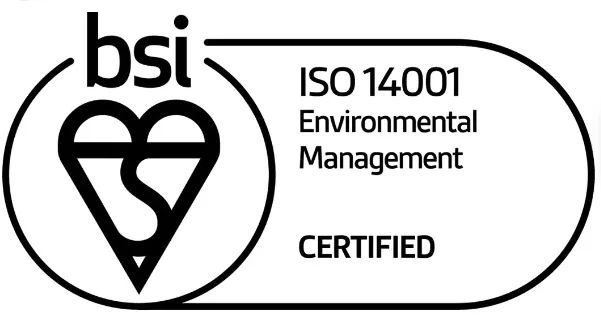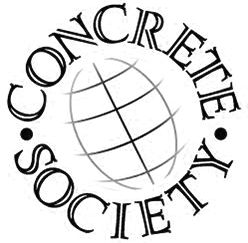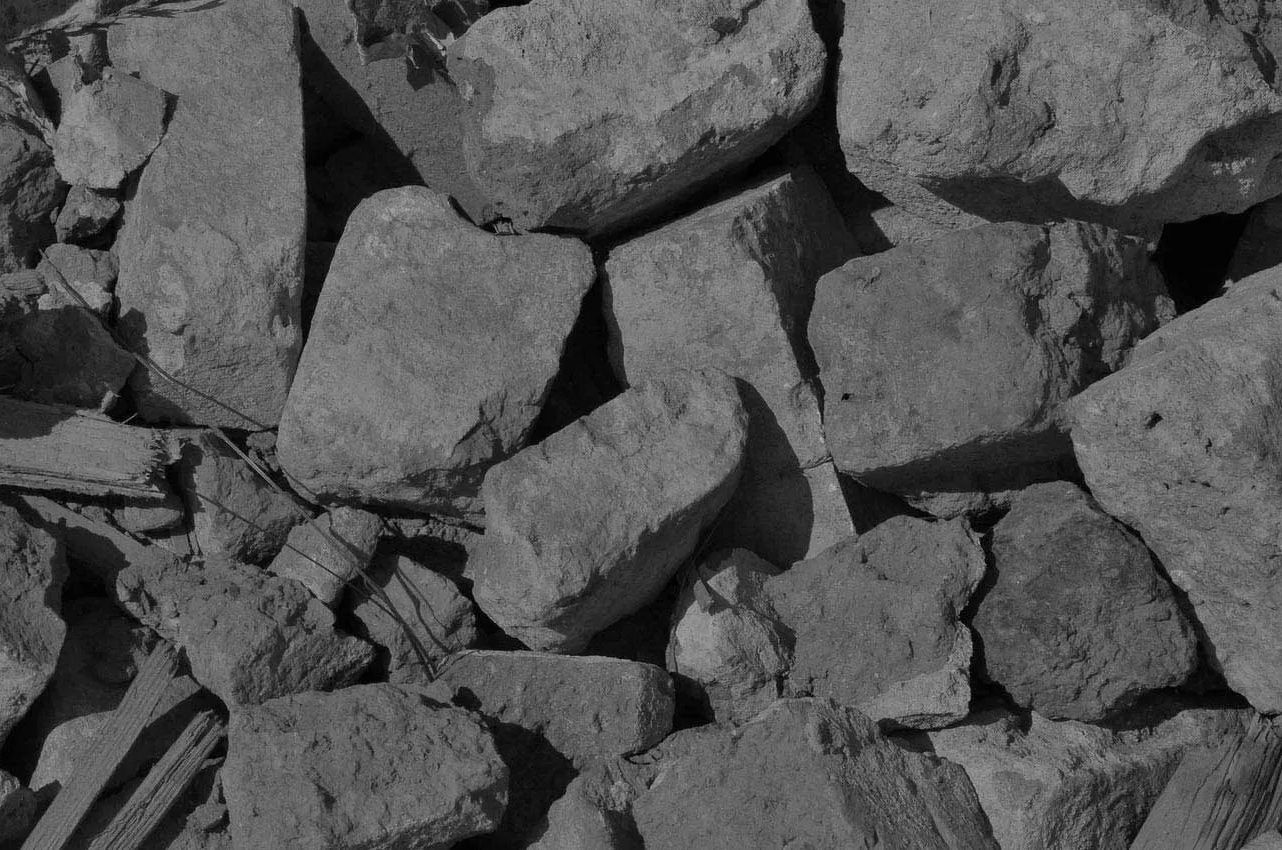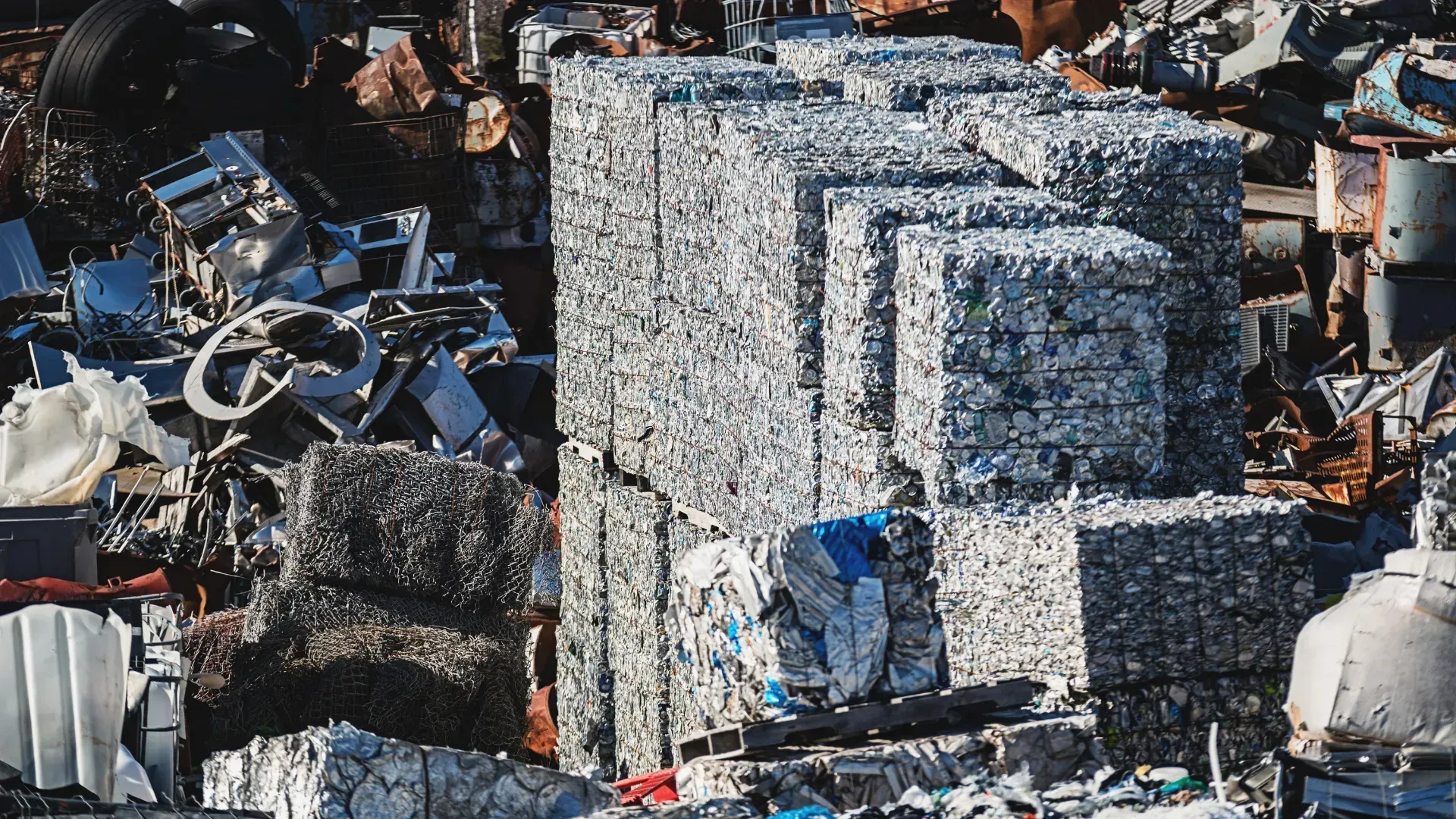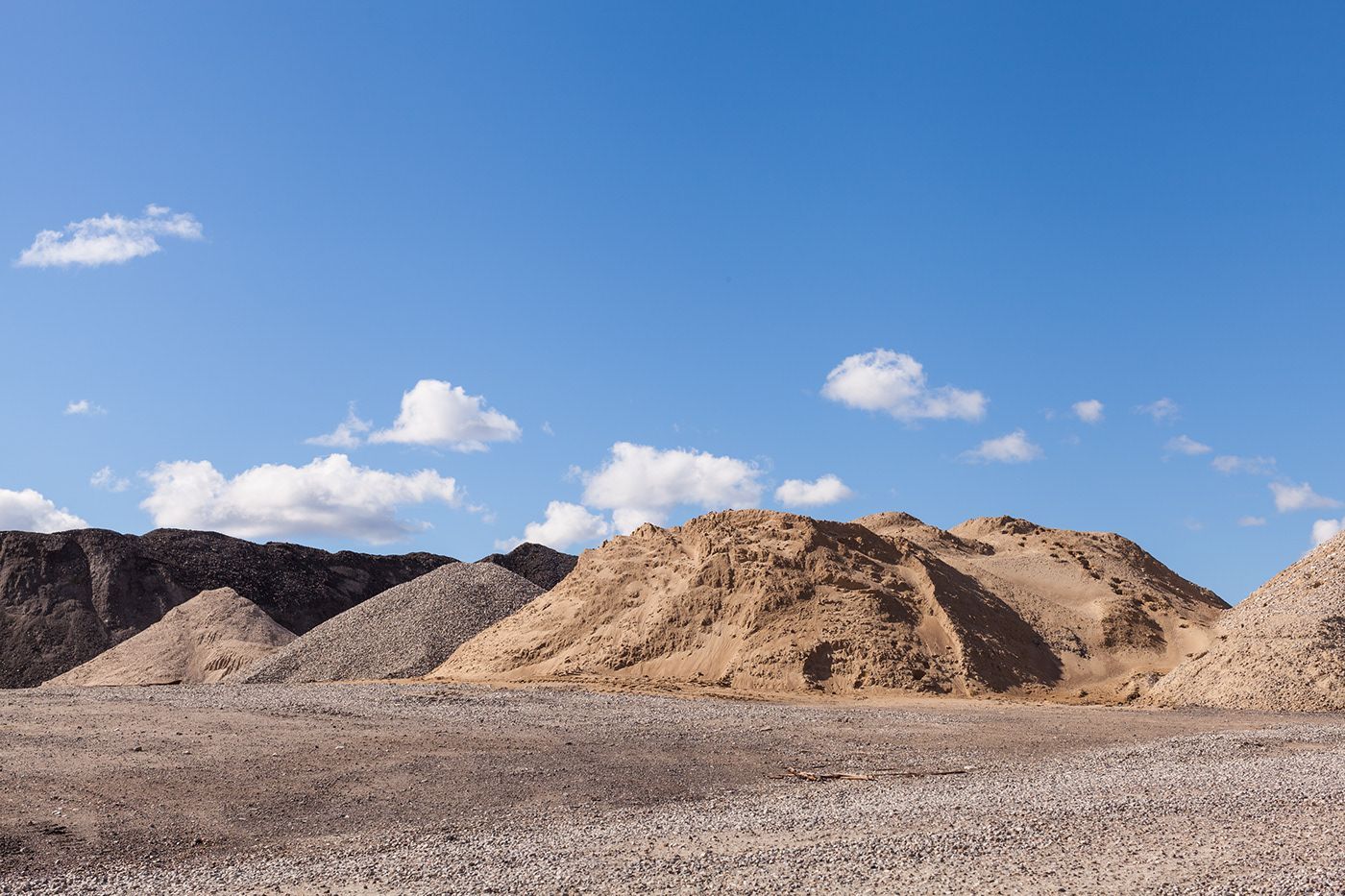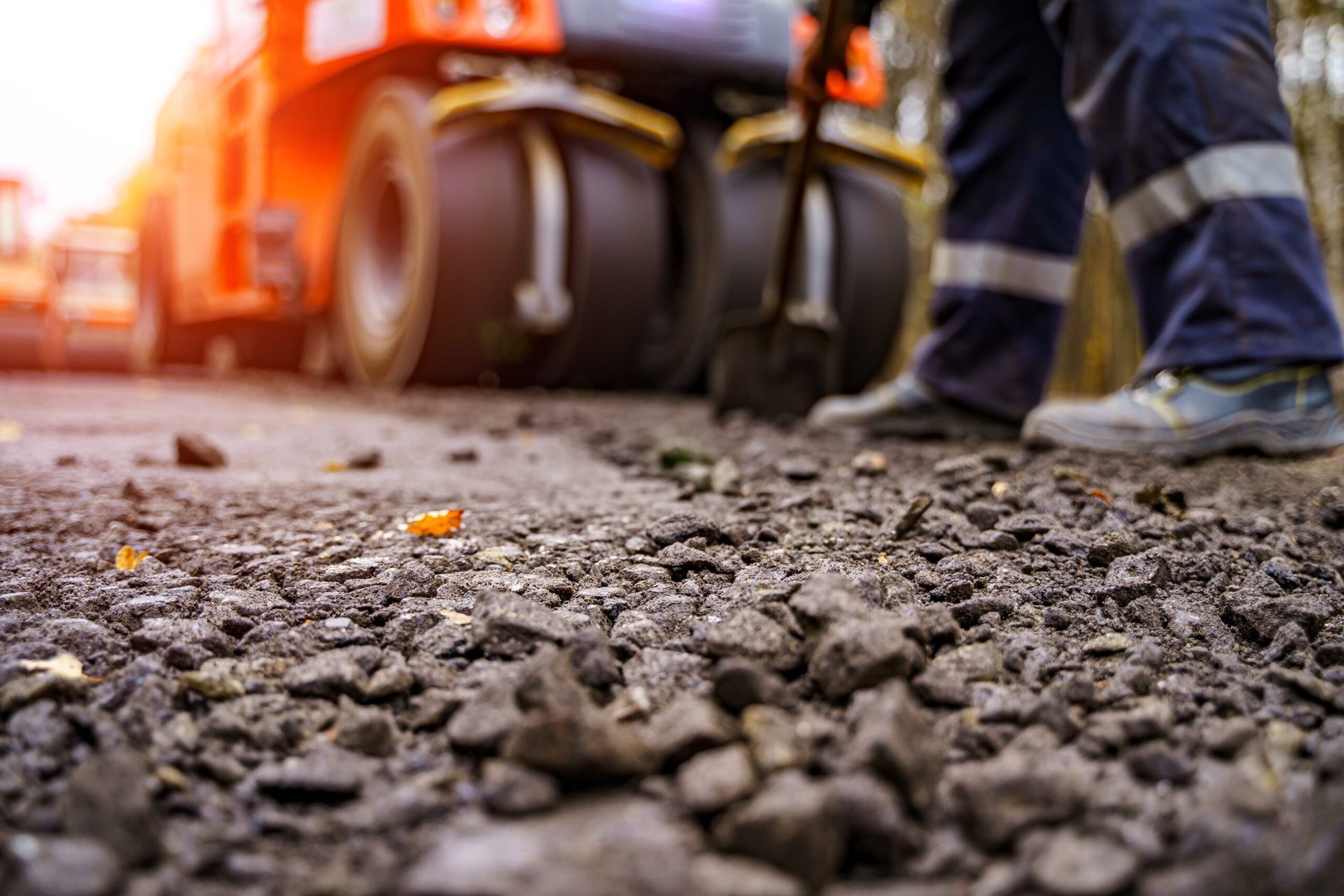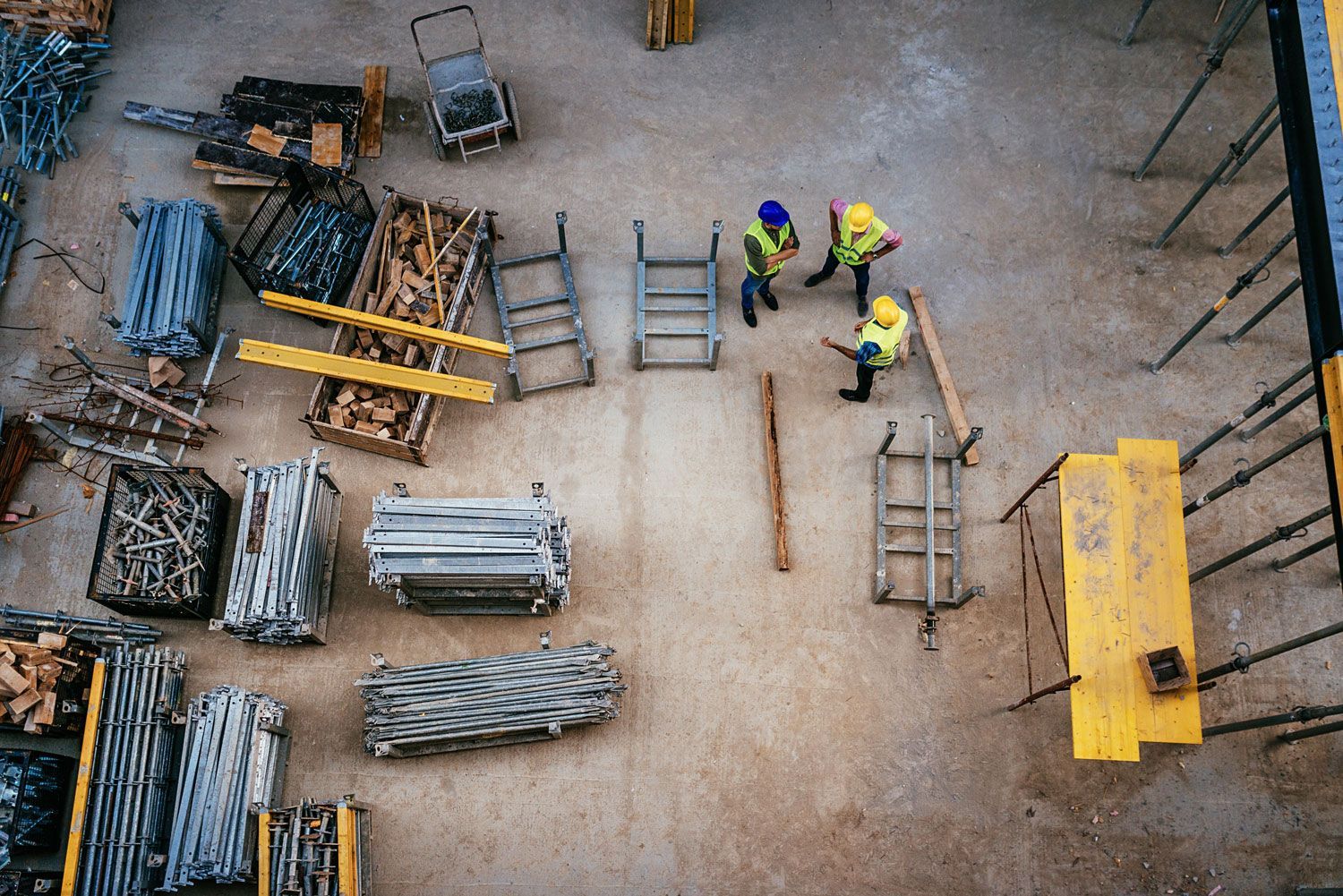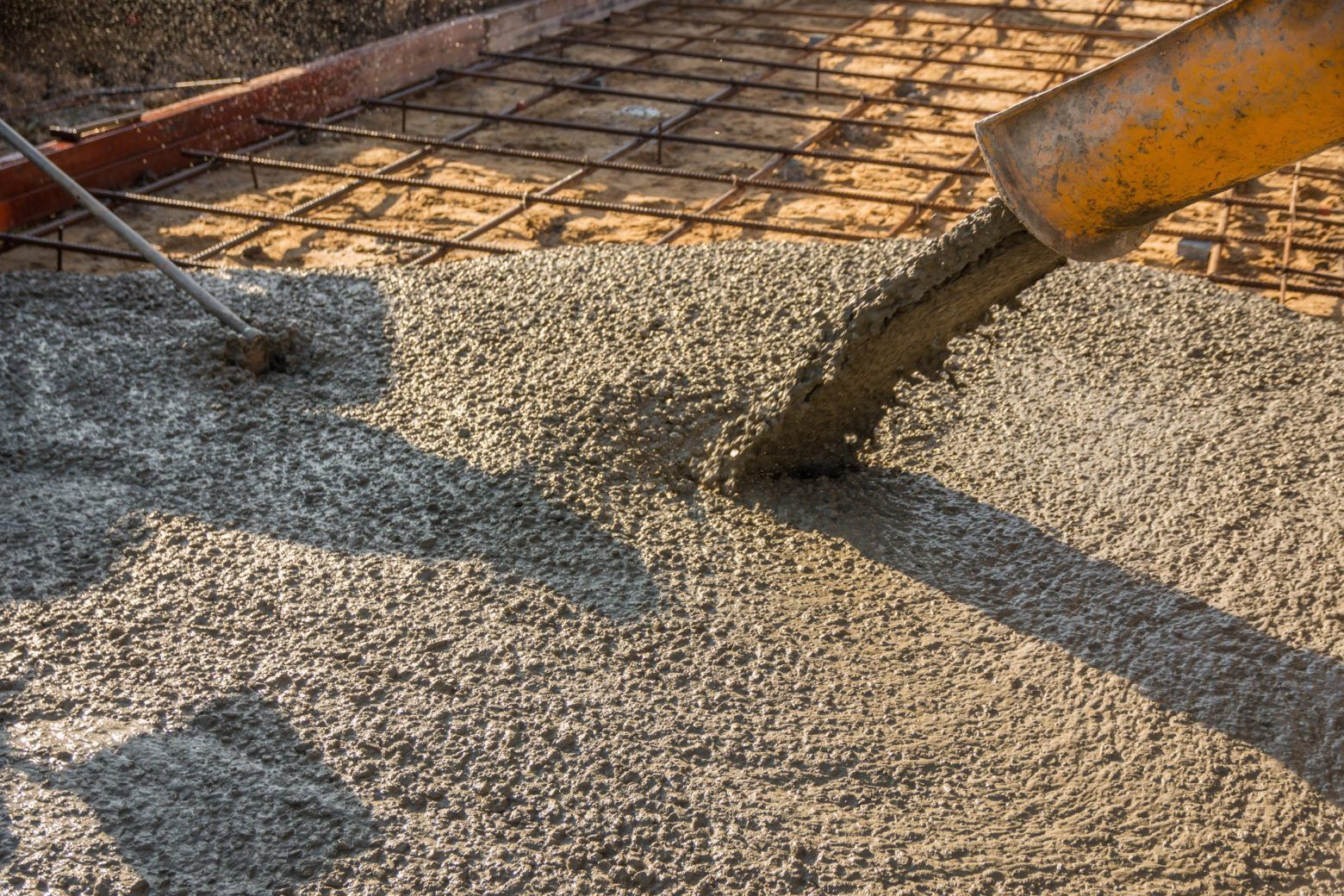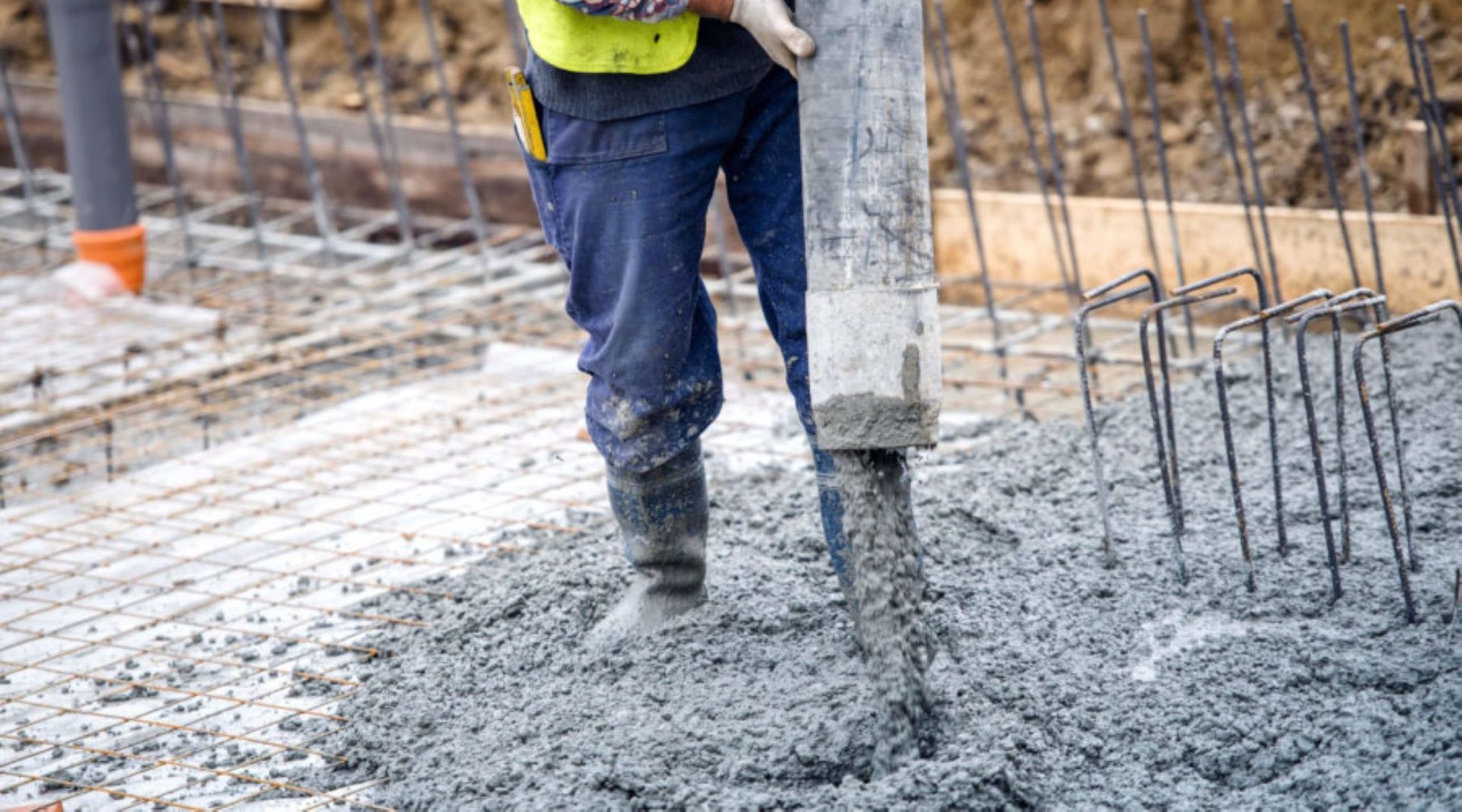Health & Safety Risks In Quarrying
The risks associated with our health and safety on quarrying sites are varied and often not as obvious as one would expect. Though we can take one look at heavy machinery and quickly make a risk assessment over potentially serious outcomes, there are far more potential threats that could have a lasting impact on the health of an individual you may not have accounted for. Below, we highlight just some of the associated health and safety risks of working on a quarrying site.
Assessing The Risk
Assessing the risks on your quarry site will have a significant positive impact on the health and safety of your employees. Associated risks include;
● Inhaling airborne pollutants, (e.g dust or fumes), can trigger respiratory problems and asthmatic attacks.
● Heavy noise pollution can lead to hearing problems, tinnitus or deafness.
● Excessive vibration from hand-held tools can lead to circulatory problems or hand-arm vibration syndrome.
● Improper work practises can lead to awkward body positions or repetitive movements that lead to injuries. Upper-limb disorders, repetitive strain injuries and other musculoskeletal conditions can all occur as a result of quarry work.
● Skin contact with hazardous or chemical substances.
● Exposure to radiation, including UV, can cause illness or disease.
The three major categories related to health and safety in quarrying are dust, vibration and noise. Below we take a closer look at them in more detail:
Dust
A persistent and problematic presence across almost all quarry and mining sites, dust is generated at an incredibly high rate during production. This can have a long-term impact on the health and employees on your quarry site, with dust capable of causing eye and skin irritation, as well as mild to serious respiratory conditions that could have a lasting impact on an individual’s health. In serious cases, certain toxins and particles present in dust can potentially lead to an increased risk of developing cancer. Watering down your quarry site regularly will reduce the level of dust generated, in turn, preventing pollution.
Vibration
As suggested, prolonged exposure to vibrating machinery, be it hand-held or otherwise, can cause long term physical injury. Hand-arm vibration syndrome, (HAVS), is common among those working in the quarrying industry, but this can also extend to whole-body vibration, (WBV), which results in near-constant back and neck pain, as well as aches and vibrations throughout your body.
Noise
In an especially noisy industry and environment, quarrying for materials can lead to hearing damage for workers over prolonged periods of exposure, with the loud noise of machinery a near-constant soundtrack. This can naturally lead to hearing problems, such as tinnitus, noise-induced hearing loss or, in severe cases, deafness.
At
William Thompson & Son, we’ve always had an outstanding attitude towards
health and safety and industrial maintenance. All our machinery is inspected and maintained regularly to ensure it’s both safe and reliable. We’re proud to be helping the local economy and we do everything we can to contribute to the community.
Contact us today.

